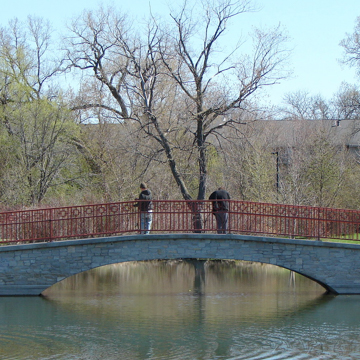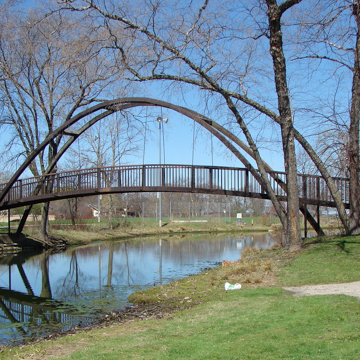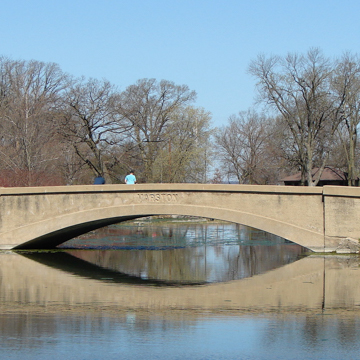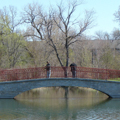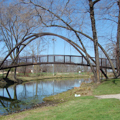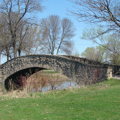Anchoring Sherman Avenue’s lakefront houses at the northeast is the city’s first large urban park, for which development began in 1900. It originated with the Madison Parks and Pleasure Drive Association, which purchased a marshy area at the mouth of the Yahara River. The park expresses the ideals of O. C. Simonds, a pioneer in promulgating a new Prairie Style landscape aesthetic. Simonds arranged native plants and local landscape features in a naturalistic and picturesque manner. The serpentine lagoon symbolized prairie rivers, and the island meadow represented the prairie landscape. Visitors to the park were supposed to admire nature from a path or a boat, but the passive aesthetic experience that Simonds envisioned appealed to few Madisonians. Consequently, in 1908, John Nolen was hired to design areas for more active recreation such as swimming and band concerts. Nolen also refashioned the lagoon’s series of islands into a single ten-acre island.
You are here
Tenney Park
If SAH Archipedia has been useful to you, please consider supporting it.
SAH Archipedia tells the story of the United States through its buildings, landscapes, and cities. This freely available resource empowers the public with authoritative knowledge that deepens their understanding and appreciation of the built environment. But the Society of Architectural Historians, which created SAH Archipedia with University of Virginia Press, needs your support to maintain the high-caliber research, writing, photography, cartography, editing, design, and programming that make SAH Archipedia a trusted online resource available to all who value the history of place, heritage tourism, and learning.


